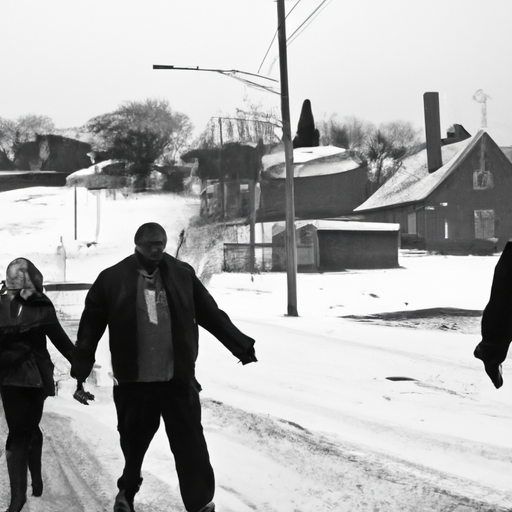The Ripple Effect: Opioid Crisis Gripping Northeastern Ontario
Amid challenging times, Northeastern Ontario is caught in the grip of a severe opioid crisis that is affecting the region’s communities, families, and individuals alike.
In an alarming report recently released, local police in Northeastern Ontario issued a community safety advisory warning about a rise in unintentional deaths due to toxic drugs circulating locally.
The Opioid Crisis Strikes Home
A pressing concern for the residents of Northeastern Ontario is the presence of particularly dangerous opioids in circulation. Tormented by the double-edged sword of the ongoing opioid crisis and COVID-19 pandemic, the region is grappling with stark increases in drug-related overdoses and crime rates.
The Human Costs
Not merely statistics, these startling numbers reflect the alarming reality and the human cost of the opioid crisis. Often linked to mental health disorders, unemployment, and homelessness, the opioid epidemic is a complex, interwoven societal issue with far-reaching implications for community health and safety.
Tackling the Crisis Head-On
Despite the enormity of the problem, the community is stepping up efforts to mitigate the damage. Local law enforcement has been particularly crucial, employing a two-pronged approach that blends strict law enforcement strategies with compassionate community-based interventions.
Key Effects and Steps Taken to Combat the Opioid Crisis
- Opioid Use and Overdoses: The crisis has led to a significant increase in opioid use and overdoses, and the presence of toxic narcotics only exacerbates the issue.
- Crime Rates: An increase in the opioid-related crimes has been witnessed. Police, however, are determined to maintain law and order while also working on preventive measures.
- Societal Impact: The opioid crisis has a profound societal impact, often contributing to the growing number of homeless citizens and affecting community morale.
- Mental Health: The link between opioid use and mental health disorders has become more apparent, with a rise in the number of psychiatric patients and opioid users.
- Naloxone Distribution: Law enforcement and healthcare professionals are distributing naloxone, a lifesaver medication that can rapidly reverse opioid overdose, in an effort to curb overdose-related fatalities.
Naloxone: The Life Saver
Recognizing the severity of the opioid crisis, officials have increased the distribution of naloxone. Sometimes referred to as a ‘miracle drug,’ naloxone can effectively overturn the effects of an opioid overdose within minutes. Making this antidote available at local pharmacies and through outreach programs can potentially save many lives.
Opioid Class Action: A Ray of Hope
Communities are also pushing for a legal solution in the form of an opioid class action suit. Such legal action could form part of a multifaceted approach to tackling this crisis, potentially bringing about meaningful changes by holding pharmaceutical companies accountable.
Moving Forward
Efforts must expand beyond law enforcement and the distribution of naloxone. Increased funding for mental health services, addiction treatment programs, and comprehensive educational campaigns are realistically all part of a multi-dimensional solution. It’s the collective action which can relieve the strain of the opioid crisis on families, health care, and law enforcement.
Concluding Remarks
The opioid crisis in Northeastern Ontario provides a sobering reminder that no community is immune to this ongoing public health emergency. Whether through increased availability of naloxone, improved mental health services, or an opioid class action, initiatives should aim to offer holistic support to those affected.
From this crisis, we learn that opioids’ grip is tenacious, and the associated harms are indisputably severe. As a community, we must be persistent in our efforts to halt the opioid epidemic’s devastating impacts. It is only through a collective effort on the part of citizens, law enforcement, and health professionals that we can restore the wellbeing and safety of our communities.
